Car dashboard symbols are visual indicators designed to communicate important information and warnings about your vehicle’s various systems and functions. Found on the instrument cluster, these symbols play a crucial role in keeping you informed about the health and status of your car while driving. As modern vehicles become more complex, these symbols serve as a quick and efficient way to convey a range of messages, from routine notifications to urgent alerts.
Understanding these dashboard symbols is essential for maintaining the safety, performance, and longevity of your vehicle. Whether you’re driving a new or older model, each dashboard symbol carries specific meanings that can guide you in taking the appropriate actions to address issues, ensure proper maintenance, and avoid potential breakdowns. In this guide, we’ll explore some common car dashboard symbols, categorizing them based on their functions, meanings, and the actions you should take when they illuminate. By becoming familiar with these symbols, you can navigate your vehicle’s operation with confidence and respond effectively to any alerts that arise.
here is a detailed explanation of common car dashboard symbols, categorized into subheadings for easier understanding:
1. Warning Lights:
Check Engine Light:
- Symbol: Engine outline or “Check Engine” text.
- Description: Indicates an issue with the engine or emissions system. It can be triggered by various problems, ranging from minor to more serious issues.
- Action: Schedule a diagnostic scan to identify the specific problem.
Battery Warning Light:
- Symbol: Battery-shaped icon.
- Description: Indicates a problem with the charging system, often the battery or alternator.
- Action: Check battery connections, belts, and charging system. Have the battery and alternator tested if needed.
Oil Pressure Warning Light:
- Symbol: Oil can icon or oil pressure gauge.
- Description: Warns of low engine oil pressure, which can lead to engine damage.
- Action: Immediately check the oil level and pressure. If it’s still low, avoid driving and get professional help.
Coolant Temperature Warning Light:
- Symbol: Thermometer icon or temperature gauge.
- Description: Signals overheating due to low coolant levels or cooling system issues.
- Action: Stop the vehicle and allow it to cool down. Check coolant levels and address any issues.
Brake System Warning Light:
- Symbol: Exclamation mark inside a circle or “BRAKE” text.
- Description: Alerts to issues with the braking system, such as low brake fluid or a malfunction.
- Action: Check brake fluid levels and inspect the brake system. If necessary, seek professional assistance.
Airbag Warning Light:
- Symbol: Airbag icon or “SRS” (Supplemental Restraint System) text.
- Description: Indicates a problem with the airbag system or safety restraint systems.
- Action: Have the system inspected to ensure proper airbag functionality in case of an accident.
2. Information and Indicators:
Fuel Level Indicator:
- Symbol: Gas pump icon or a fuel gauge.
- Description: Shows the amount of fuel left in the tank.
- Action: Refuel when the indicator is low to avoid running out of fuel.
High Beam Indicator:
- Symbol: Blue indicator with “H” or headlight icon.
- Description: Shows that the high beam headlights are on.
- Action: Turn off high beams when other vehicles are present to prevent blinding other drivers.
Turn Signal Indicator:
- Symbol: Arrow pointing left or right.
- Description: Indicates that a turn signal is active.
- Action: Use the corresponding turn signal lever to indicate your intended direction.
Seat Belt Reminder:
- Symbol: Person wearing a seatbelt.
- Description: Reminds occupants to fasten their seat belts.
- Action: Buckle up for safety.
Tire Pressure Monitoring System (TPMS) Indicator:
- Symbol: Tire with an exclamation mark or TPMS text.
- Description: Alerts to low tire pressure in one or more tires.
- Action: Check tire pressures and add air as needed. If a tire is severely underinflated, avoid high speeds.
Cruise Control Indicator:
- Symbol: Speedometer with a horizontal line.
- Description: Shows that the cruise control system is active.
- Action: Adjust the set speed or deactivate cruise control when necessary.
Engine Temperature Gauge:
- Symbol: Thermometer icon or temperature gauge.
- Description: Displays the engine’s coolant temperature.
- Action: Monitor the gauge to ensure the engine temperature remains within the safe range.
3. Safety and Indicator Lights:
ABS (Anti-lock Braking System) Light:
- Symbol: ABS icon.
- Description: Indicates a malfunction in the ABS system.
- Action: While basic braking should still work, have the ABS system checked for safety.
Stability Control Indicator:
- Symbol: Car skidding or “ESC” (Electronic Stability Control) text.
- Description: Warns when the vehicle’s stability control system is active.
- Action: Avoid sudden maneuvers and reduce speed to regain control.
Fog Lamp Indicator:
- Symbol: Front fog light icon or “FOG” text.
- Description: Indicates that the front fog lights are on.
- Action: Turn off fog lights in clear conditions to avoid blinding other drivers.
Transmission Temperature Warning Light:
- Symbol: Gearbox icon or transmission temperature gauge.
- Description: Warns of high transmission fluid temperatures.
- Action: Reduce speed, shift to lower gears, or stop the vehicle to allow the transmission to cool down.
Lane Departure Warning Light:
- Symbol: Car leaving lane or “LDW” text.
- Description: Alerts when the vehicle drifts out of its lane without signaling.
- Action: Correct the steering to stay within the lane.
Remember that dashboard symbols can vary between vehicle models and manufacturers. Always refer to your vehicle’s owner’s manual for accurate information about the symbols specific to your car. If you’re unsure about a symbol’s meaning, it’s best to consult a professional mechanic or your vehicle manufacturer’s customer service.
here’s a table format detailing various car dashboard symbols, their meanings, and the actions to take:
| Symbol | Meaning and Description | Action to Take |
|---|---|---|
Check engine light  | Issue with the engine or emissions system. | Schedule a diagnostic scan. |
Battery warning light | Problem with the charging system. | Check battery and alternator. |
Oil pressure warning light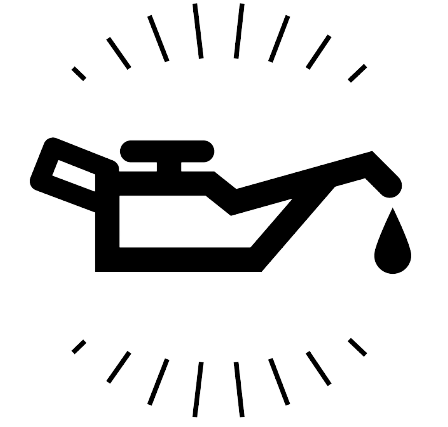 | Low engine oil pressure. | Check oil level and pressure. |
Coolant temperature warning light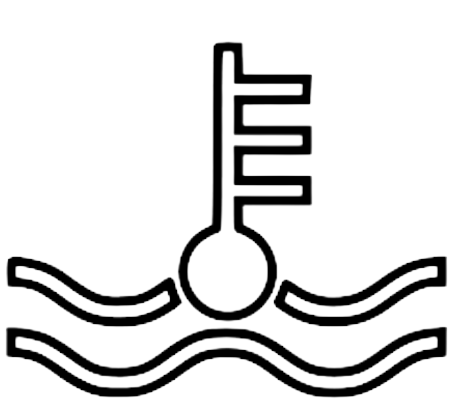 | Engine overheating. | Stop and check coolant levels. |
Brake system warning light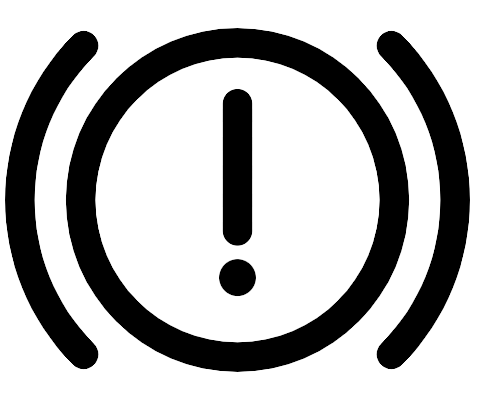 | Brake system issue. | Check brake fluid and system. |
Airbag warning light | Airbag or safety restraint system problem. | Have system inspected. |
Fuel level indicator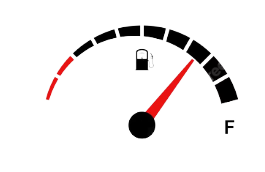 | Low fuel level. | Refuel to avoid running out. |
High beam Indicator | High beam headlights on. | Turn off high beams around other vehicles. |
Turn signal indicator | Turn signal active. | Use corresponding turn signal lever. |
Seat belt reminder | Fasten seat belts. | Buckle up for safety. |
TPMS Indicator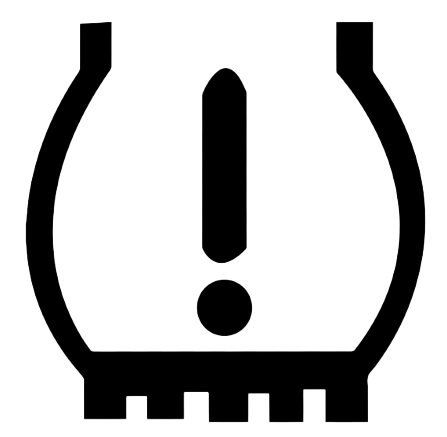 | Low tire pressure. | Check and adjust tire pressures. |
Cruise control Indicator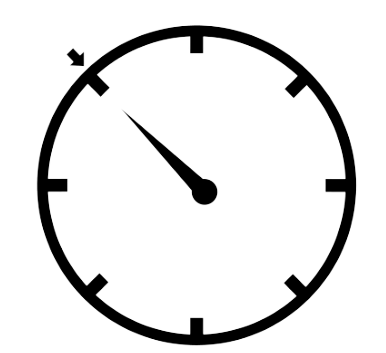 | Cruise control active. | Adjust set speed or deactivate as needed. |
Engine temperature gauge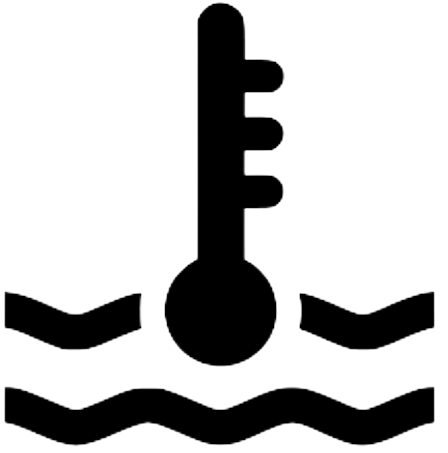 | Engine coolant temperature. | Monitor engine temperature. |
ABS Light | Anti-lock Braking System issue. | Have ABS system checked. |
Stability control indicator | Vehicle stability control active. | Reduce speed and regain control. |
Fog lamp Indicator | Front fog lights on. | Turn off in clear conditions. |
Transmission temperature warning light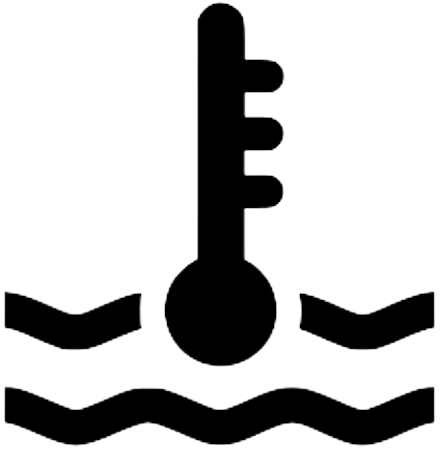 | High transmission fluid temperature. | Reduce speed or stop to cool transmission. |
Lane departure warning light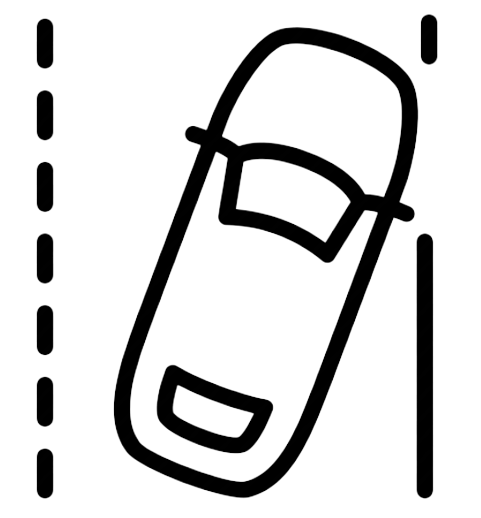 | Lane departure without signaling. | Correct steering to stay in lane. |
Please note that the table is meant to provide a general overview of common dashboard symbols and their meanings. The actual symbols might vary based on your vehicle’s make and model. Always consult your vehicle’s owner’s manual for accurate information about the symbols specific to your car.
Frequently asked questions (FAQ)
What does the “Check Engine” light on my car dashboard mean?
The “Check Engine” light indicates a potential issue with your car’s engine or emissions system. It could be something as simple as a loose gas cap or something more serious. It’s recommended to have your vehicle’s diagnostic codes read by a mechanic to identify the specific problem.
Why is the battery symbol illuminated on my dashboard?
The battery symbol usually indicates a problem with your car’s charging system. It could be a failing alternator, a bad battery, or loose connections. It’s important to address this issue promptly, as a failing charging system can leave you stranded.
What does the “ABS” light mean?
The “ABS” light stands for Anti-Lock Braking System. If this light is on, it means there might be an issue with your car’s ABS system, which helps prevent wheels from locking up during heavy braking. While your regular brakes should still work, it’s recommended to have the ABS system checked by a professional.
Why is the “Oil Pressure” light illuminated?
The “Oil Pressure” light indicates low oil pressure, which can lead to engine damage if not addressed. It might be caused by low oil levels, a faulty oil pump, or a leak. Pull over, turn off the engine, and check the oil level. If it’s low, add oil; if the light persists, seek professional assistance.
What does the “Tire Pressure” warning mean?
The “Tire Pressure” warning light indicates that one or more of your tires has low air pressure. Improper tire pressure can affect handling and fuel efficiency. Check your tire pressures and inflate them to the recommended levels as stated in your car’s manual.
Why is the “Airbag” light on my dashboard?
The “Airbag” light indicates a problem with your car’s airbag system. It could mean that the airbags might not deploy in a collision. It’s advised to have this system inspected and repaired by a professional, as it involves safety equipment.
What does the “ESP” or “ESC” light signify?
The “ESP” (Electronic Stability Program) or “ESC” (Electronic Stability Control) light indicates that your car’s stability control system might have an issue. This system helps maintain stability during slippery conditions or sudden maneuvers. Have the system checked by a mechanic if the light stays on.
Why is the “Coolant Temperature” warning light activated?
The “Coolant Temperature” warning light indicates that your engine is overheating. It could be due to low coolant levels, a faulty thermostat, a leak, or a malfunctioning cooling fan. Driving with an overheated engine can cause severe damage, so pull over and let the engine cool down before addressing the issue.
What does the “Transmission” or “Gearbox” light mean?
The “Transmission” or “Gearbox” light typically points to a problem with your car’s transmission system. It could be a sensor issue, a fluid leak, or a more serious transmission problem. Continued driving with a transmission issue could worsen the problem, so it’s best to have it inspected.
Why is the “Brake System” warning light illuminated?
The “Brake System” warning light indicates a potential issue with your car’s braking system. It could be related to the hydraulic brake system, brake fluid levels, or the brake pads. If this light comes on, have your braking system inspected as soon as possible to ensure safe driving and braking performance.
Is my car trying to communicate with me?
Yes, modern vehicles are equipped with various sensors, warning lights, and diagnostic systems that communicate information about their status, performance, and potential issues.
What are warning lights on my car’s dashboard trying to tell me?
Warning lights indicate various issues, such as low oil pressure, engine overheating, brake system problems, or airbag malfunctions. These lights alert you to potential problems that need immediate attention.
How can I understand what a specific warning light means?
Your vehicle’s owner’s manual provides detailed information about warning lights and their meanings. Consult the manual to decode the symbols and understand the corresponding issues.
Why does my car have sensors for different functions?
Sensors monitor critical systems in your car, such as engine performance, emissions, tire pressure, and more. They help maintain optimal performance, efficiency, and safety by detecting deviations from normal operation.
What is the purpose of diagnostic trouble codes (DTCs)?
DTCs are numerical codes stored in your car’s computer when a system or component malfunctions. Mechanics use these codes to identify specific issues during diagnostics and repairs.
Can I retrieve diagnostic trouble codes myself?
Yes, many modern vehicles allow you to retrieve basic DTCs using an OBD-II (On-Board Diagnostics) scanner, which can be purchased or borrowed. More advanced diagnostics may require professional equipment.
Is it safe to continue driving if a warning light comes on?
It depends on the severity of the issue. Some lights indicate minor issues, while others warn of critical problems. It’s best to refer to your owner’s manual and consult a mechanic if you’re unsure.
How does my car communicate about maintenance schedules?
Many vehicles have maintenance reminder systems that track mileage and time intervals for services like oil changes, tire rotations, and inspections. When it’s time for service, a light or message will prompt you.
Can I ignore warning lights if my car seems to be running fine?
Ignoring warning lights, even if your car seems to run fine, can lead to more significant issues over time. It’s important to address problems promptly to prevent further damage or safety risks.
What steps should I take if I’m unsure about a message or warning light?
If you’re uncertain about a warning light or message, consult your owner’s manual for guidance. If the issue remains unclear, it’s best to seek professional advice from a mechanic to ensure your vehicle’s safety and performance.




